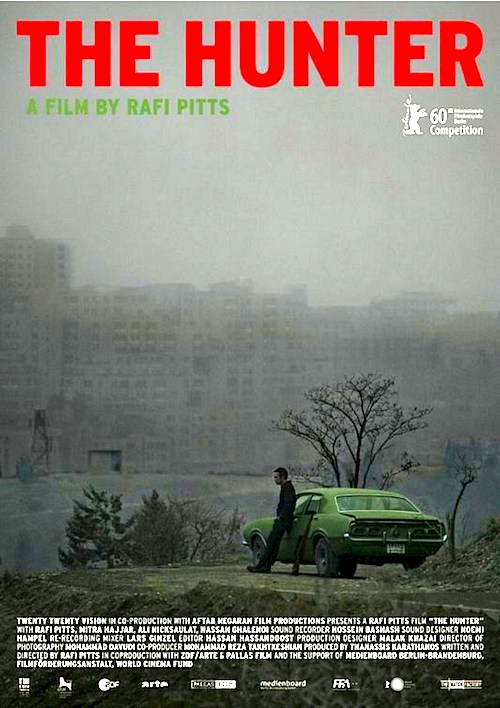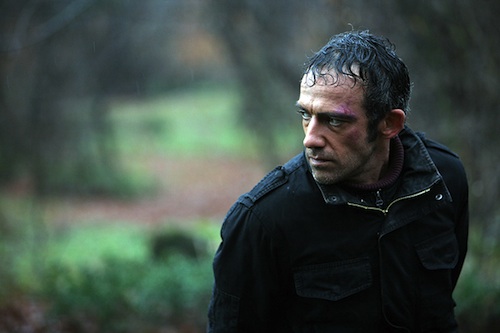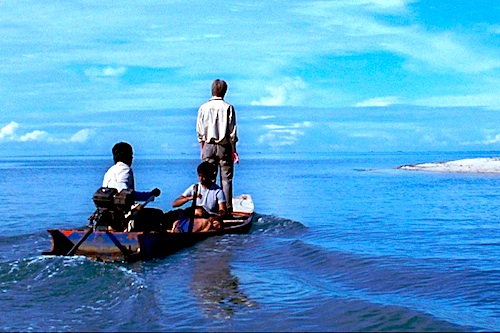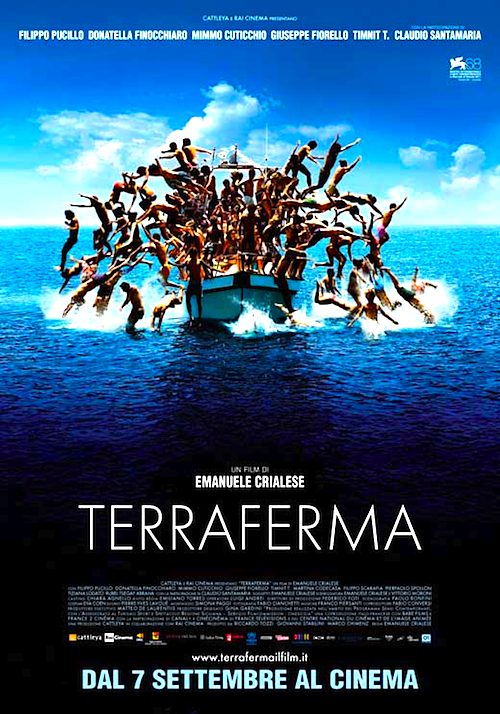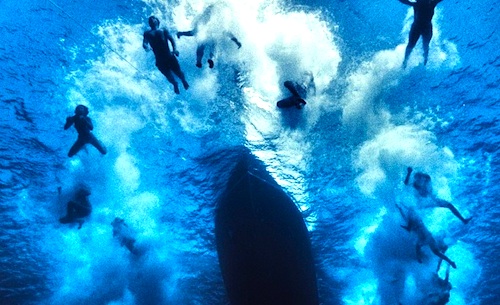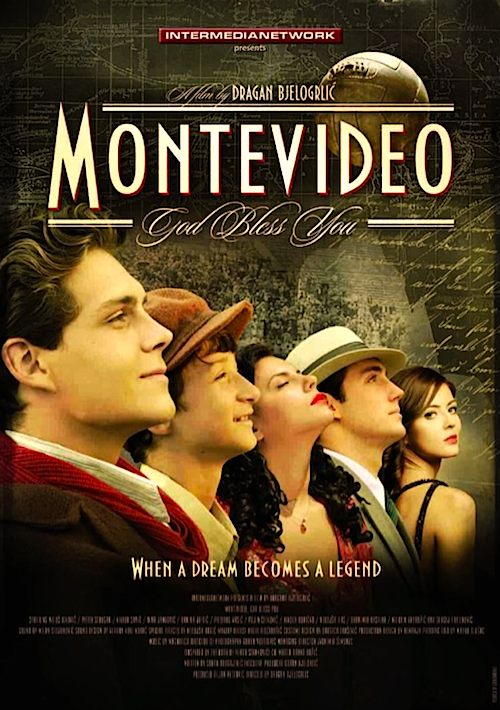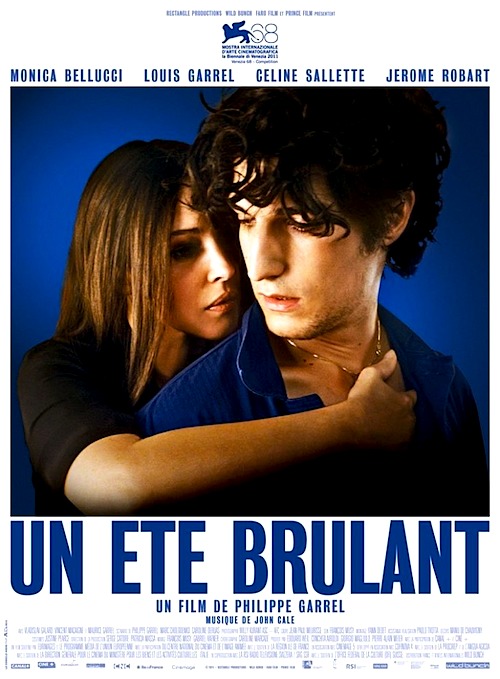 By Joe Bendel. If someone is said to have an artistic temperament, it usually means they are not just creative, but emotionally tempestuous. The term certainly applies to Frédéric and his wife Angèle. They will dazzle and disturb Frédéric’s hanger-on friend and his lover with the sort of emotional games that have become the hallmark of under-sung auteur Philippe Garrel’s work. Presumably his final collaboration with both his son Louis and late father Maurice (1923-2011), Philippe Garrel’s That Summer (trailer here) screens this weekend during the inaugural First Look at the Museum of the Moving Image in Astoria, Queens.
By Joe Bendel. If someone is said to have an artistic temperament, it usually means they are not just creative, but emotionally tempestuous. The term certainly applies to Frédéric and his wife Angèle. They will dazzle and disturb Frédéric’s hanger-on friend and his lover with the sort of emotional games that have become the hallmark of under-sung auteur Philippe Garrel’s work. Presumably his final collaboration with both his son Louis and late father Maurice (1923-2011), Philippe Garrel’s That Summer (trailer here) screens this weekend during the inaugural First Look at the Museum of the Moving Image in Astoria, Queens.
Frédéric is a wealthy and talented French painter, who never sells his work. Angèle is a major Italian movie star, garnering the best reviews of her career. They are everything the penniless and untalented Paul is not. Yet, for some reason the artistic couple befriends the dubious actor and his girlfriend Elisabeth, inviting them into their home in Rome. The needy Elisabeth has attempted suicide in the past, but she will be a model of stability compared to their hosts.
Initially, Frédéric and Angèle seem like a perfectly compatible and loving couple, but over the course of the summer, their mutual contempt degenerates into a repeating cycle of infidelity and petty cruelty. For the most part, Paul and Elisabeth are spectators rather than participants in the proceedings—an audience for the imploding marriage as performance art.
As is often the case with Philippe Garrel’s films, Summer is often uncomfortably intimate. However, it is never as squalid, lurid, or coyly obtuse as some of his previous films, including even (or especially) his arguably best known, I Can No Longer Hear the Guitar. The dolce vita environment of Rome certainly helps here.
Garrel’s son Louis also does some of his best work as Frédéric. More Byronic than petulant for a refreshing change, he is strangely engaging throughout. Unleashing her inner diva, Monica Bellucci radiates sexuality, while reveling in the melodrama of it all. Unfortunately, Jérôme Robart and Céline Sallette are rather dull as the sponging guests. Perhaps that is required of him to serve as the narrator. However, Elisabeth’s established psychological issues are never really conveyed or followed-up on in a substantive way.
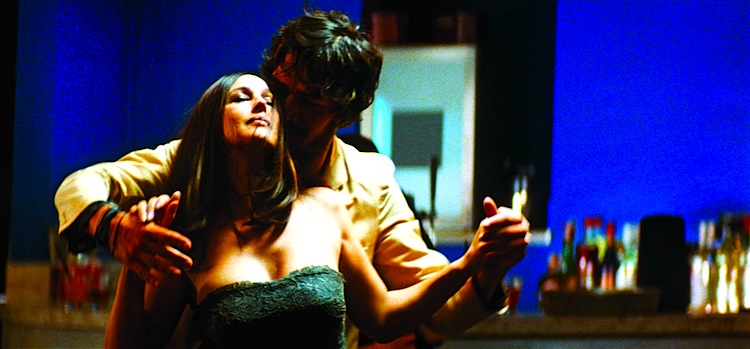
Appearing briefly as Frédéric’s long deceased grandfather, a frail looking Maurice Garrel adds a redemptive coda, bringing meaning to the film. Indeed, it is always interesting to see the son and grandfather interact in the middle Garrel’s films, starting with 1989’s Emergency Kisses, in which all three starred.
Nouvelle Vague veteran cinematographer Willy Kurant’s gives it all a pleasing look, basking in the vivid blues and greens of the couples’ photogenic abode, while John Cale’s piano soundtrack always sounds politely refined. Frankly, Summer might be a good entry point into Garrel’s filmography. Though hardly action driven, it moves along at a reasonable clip for such decidedly arthouse fare. (Bellucci also has an early nude scene, so for some viewers it pays off quickly). Considerably better the response at Toronto would suggest, That Summer is complex and intriguing film, definitely recommended to discriminating viewers when it screens this Friday (1/13) during First Look at the Museum of the Moving Image.
Posted on January 9th, 2012 at 7:36pm.
